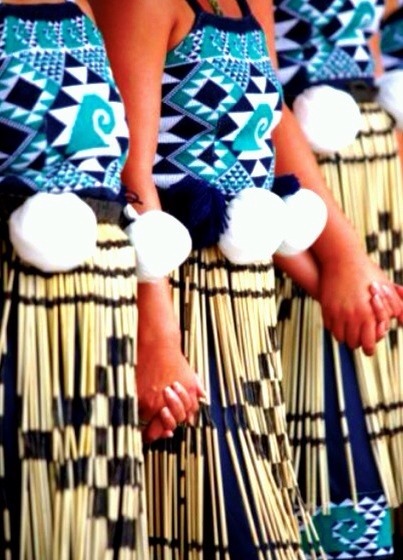#tangatawhenua
These photos depict people exchanging hongi. Hongi is a traditional Maori greeting in which the two individuals press both their noses and foreheads together at an encounter; it is similar to a formal handshake, and is often used in conjunction with one. Through the hongi, our hais exchanged and merged. Ha can be translated as breath of life; it could be compared to an intermingling of souls. Exchanging of hongi can also bear the added significance of being no longer considered manuhiri, or a visitor to the islands, but as tangata whenua, a person belonging to the land (Aotearoa).
A comparablegesture can be found in Hawai’ian culture; the two greetings share a similar cultural significance (in regards to the sharing of ha).
Post link
It is discouraging to see people associate Maori peoples and culture with violence and tribal warfare. While those are features of Maori history, strength in community and family are the most important characteristics of Maori culture.
Post link






